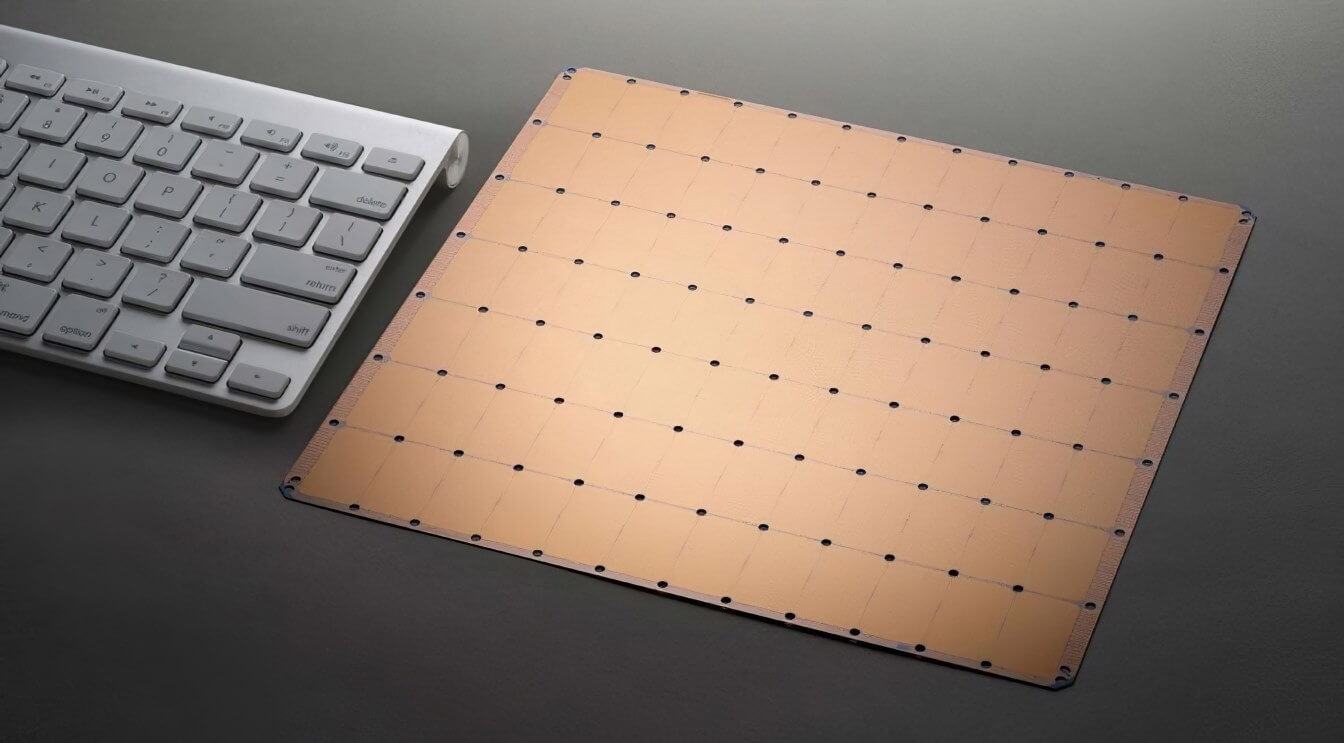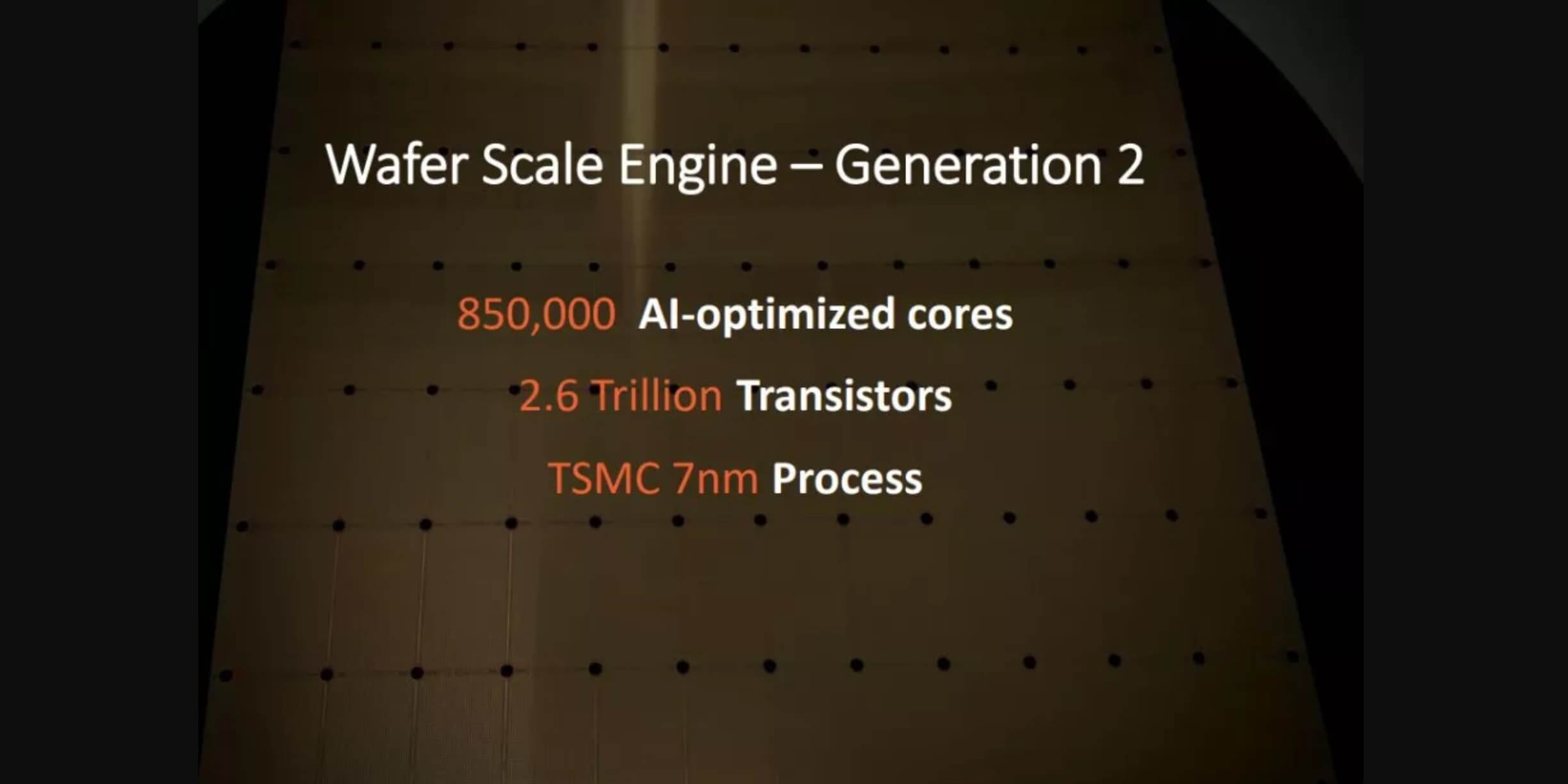What just happened? After unveiling a chip last year that was both the world’s largest and the first to feature over a trillion transistors, artificial intelligence company Cerebras Systems has gone one better. The follow-up, which is built on TSMC’s 7nm process, has an incredible 850,000 cores and 2.6 trillion transistors.

At Hot Chips 2019, Cerebras showed off the Wafer Scale Engine (WSE)—the world's largest chip. At 8 inches by 9 inches, it’s bigger than a standard iPad. Built on the 16nmFF process, WSE boasts 1.2 trillion transistors, 400,000 cores, 18GB of on-chip memory, 9 PB/s total memory bandwidth, and 100Pb/s of total fabric bandwidth. It also consumes ~15kW of power.

At this year’s event, Cerebras teased the second generation WSE. While the core and transistor count is more than double that of its predecessor, the company kept quiet about the bandwidth, power consumption, and how much SRAM memory is built into the latest model—but you can expect improvements in these areas, too.
To create the Wafer Scale Engines, Cerebras uses the entire wafer as a single, massive chip, rather than the usual method of etching individual chips onto a single wafer. It stitches together the dies on the wafer with a communication fabric that allows them to work as a single unit, bypassing the reticle size limitations of a foundry.
For comparison, the world’s largest GPU, Nvidia’s A100, measures 826mm2, while the WSE is 46,225 square millimeters. And team green’s product ‘only’ has 54.2 billion transistors.
Cerebras said it would reveal more details about the second-gen WSE “in the coming months,” adding that the chip is currently "running in our labs."
https://www.techspot.com/news/86427-cerebras-reveals-details-world-largest-chip-26-trillion.html

